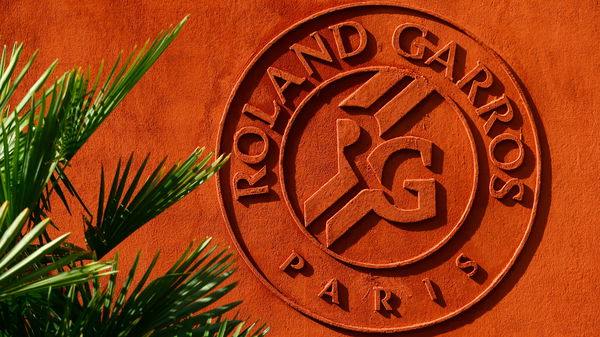

The clay court major, the French International Championships of Tennis is widely known as ‘French Open’. Alternatively, it is referred to as Roland Garros. The eminent clay tournament is watched by millions of tennis followers globally. In general, the public is unaware of why the French tournament is also known as Roland Garros.
In 1927, the French tennis team of four musketeers (after whom the French Open men’s trophy, La Coupe des Mousquetaires is named) pulled off their victory in Davis Cup by knocking down the United States for the first time.

via Imago
French Open: The Four Musketeers, Jean Borotra (1898–1994) Jacques Brugnon (1895–1978) Henri Cochet (1901–1987) René Lacoste (1904–1996)
Thereafter, the French decided to build a tennis stadium for themselves. During that time, there were certain negotiations that took place for the land area, the stadium was predicated on naming it after a World War I soldier. They named the stadium after, Eugène Adrien Roland Georges Garros, who was a fighter pilot during World War I and was the hero of aviation.
ADVERTISEMENT
Article continues below this ad
He became the first aviator to fly over the Mediterranean. Ironically, Roland Garros was nowhere close to tennis and he was a rugby player. He died in the 1918 and the ‘Stade Roland Garros’ was established in 1928.

via Imago
Roland Garros
In today’s time, except for the Latin countries, the tournament is widely referred to as the French Open. The French Championships was named the French Open in 1968. During the World Number II, the stadium was used as a place for a concentration camp and for six years from 1939-1945 the tournament did not take place.

via Imago
Yannick Noah
In the Open Era of tennis, only two French singles tennis players have been victorious on their home ground. On the men’s court, Yannick Noah was the first and the last Frenchman to win the French Open title in 1983. And Mary Pierce became the first and last Frenchwoman to triumph at Stade Roland Garros in the year 2000.
ADVERTISEMENT
ADVERTISEMENT
ADVERTISEMENT
ADVERTISEMENT

